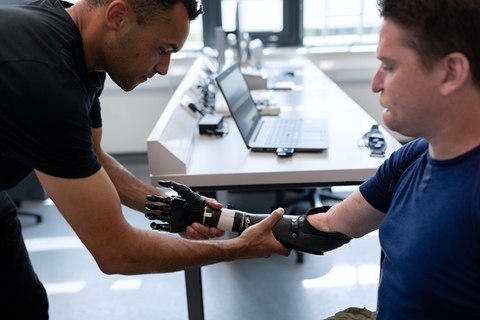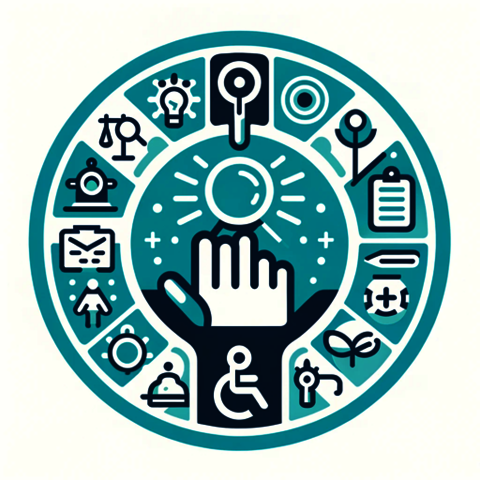Occupational Therapy

Your path to an Occupational Therapy Program starts here …
Navigating the path to an occupational therapy program can be complex. We're here to guide you every step of the way.
Plan Your Path to an Occupational Therapy Program

- Choose an Ideal Occupational Therapy Program: Each occupational therapy program sets its own specific course requirements for undergraduate students. By familiarizing yourself with these prerequisites, you can strategically plan your academic schedule at UIS to align with your desired school.
- When choosing which schools to apply to, it's important to weigh a variety of factors. These include the school's geographical location, the characteristics of the student body, and the nature of the curriculum. The Accreditation Council for Occupational Therapy Education (ACOTE) of the American Occupational Therapy Association is officially recognized as the accrediting agency for entry-level educational programs for the occupational therapist and occupational therapy assistant in the United States and its territories.
- ACOTE provides many resources for prospective students, including a directory for accredited entry-level occupational therapist and occupational therapist assistant programs.

- Course of Study Planning: Your journey to a pharmacy school requires careful planning. From selecting the right prerequisites to aligning your courses with occupational therapy program requirements, our advisors are here to tailor a plan that suits your goals.

- Connect with our Pre-Health Community: We are here to help and connect you with others on a similar path. These connections are not merely supportive—they're transformative, opening doors to mentorship, hands-on experience, and collaborative projects that will shape your journey in healthcare. Embrace the community of faculty, staff, students, and professional mentors around you!
Classes
Each occupational therapy program sets its own unique requirements, yet there are several standard prerequisites you're likely to encounter. Here's an overview of the commonly required courses.
| Typical PA Program Requirements | What to take at UIS |
|---|---|
| General Chemistry CHE 141 and CHE 142 | |
| Biology BIO 141 and BIO 142 | |
| Physics – 1 semester | PHYSICS – ALGEBRA-BASED PHYSICS (FORTHCOMING) OR ASP 201 AND ASP 202 |
| Anatomy and Physiology – 2 semesters | ANATOMY AND PHYSIOLOGY – BIO 201/202 OR BIO 429/431 |
| Statistics – 1 semester | STATISTICS - MAT 121 |
| Sociology and Anthropology – 1 semester | SOCIOLOGY AND ANTHROPOLOGY – SOA 428 |
| Medical Terminology | MEDICAL TERMINOLOGY – EXR 212 |
| PSYCHOLOGY – PSY 101, PSY 221, and PSY 416 |
General Advice
Thinking of becoming an occupational therapist? Explore the many resources provided by the American Occupational Therapy Association.
Recommendation: Students interested in occupational therapy consider minoring in Psychology.
Foundation Course: PSY 101 - Principles of Psychology
Psychology Minor CoursesRequired Course: PSY 302 - Research Methods in Psychology
Suggested Elective Courses: (Choose a total of 12 hours)
- Required Course: PSY 302 - Research Methods in Psychology
- Suggested Elective Courses: (Choose a total of 12 hours)
- PSY 221 - Lifespan Developmental Psychology
- PSY 333 - Positive Psychology
- PSY 335 - Health Psychology
- PSY 416 - Psychology of Motivation
- PSY 457 - Applied Behavior Analysis

